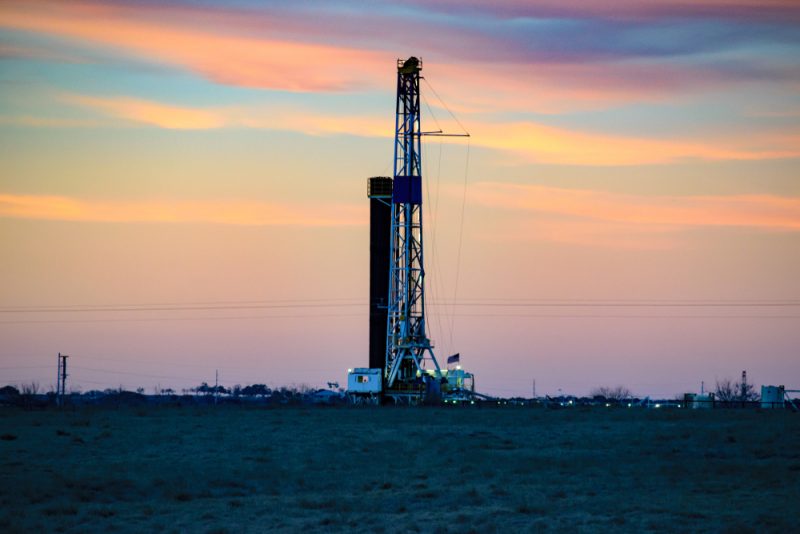Hydraulic fracturing credited with increasing crude oil, gas production

The Energy Information Administration (EIA) reported that hydraulic fracturing, along with horizontal drilling, has increased the rate of recent crude oil, lease condensate, and natural gas production.
EIA officials said two years ago, hydraulically fractured horizontal wells accounted for 69 percent of all the nation’s oil and natural gas wells and 83 percent of the total linear footage drilled. Hydraulically fractured horizontal wells became the predominant method of new crude oil and natural gas development in October 2011, when total footage surpassed all other drilling and completion techniques.
Hydraulically fractured horizontal wells have accounted for most of all new wells drilled and completed since late 2014, according to the EIA report. As of 2016, about 670,000 of the 977,000 producing wells were hydraulically fractured and horizontally drilled.
Hydraulic fracturing, which involves forcing a liquid under high pressure from a wellbore against a rock formation until it fractures, is a completion technique, meaning it is performed after the oil or natural gas well has been drilled.
The technique has been practiced for years, but it has only recently become a major part of domestic production in combination with horizontal drilling.
Two years ago, total drilled footage reached nearly 13 million feet, the EIA said, with 10.7 million of which hydraulically fractured and horizontally drilled. The length of the horizontal section, or lateral, can range from a few hundred feet to several miles.
